Tattoo Removal Before and After: What You Need to Know
Table of Contents
About Tattoo Removal

Tattoo removal is a procedure to try to remove an unwanted tattoo. Common techniques used for tattoo removal include laser surgery, surgical removal, and dermabrasion. Tattoo ink is placed beneath the top layer of the skin, which makes tattoo removal more complicated and expensive than the original tattoo application.
The process depends on the technique used. Laser surgery is the most common method used for tattoo removal. It involves using a high-powered laser to break up the ink particles in the skin. The broken-down ink is then absorbed by the body’s immune system and eliminated from the body. This process can take several sessions, depending on the size and color of the tattoo.
Another method of tattoo removal is surgical removal, also called excision tattoo removal. This involves cutting off tattooed skin and stitching remaining skin back together. It is the most invasive method of tattoo removal, but it can be effective for small tattoos.
Dermabrasion is another method of tattoo removal that involves the use of a medical grinding tool to remove the outer layers of the skin in a controlled manner. The intent is to remove the layers of the skin that contain the ink particles, thereby removing the tattoo.
Point being, you have options when it comes to tattoo removals. Keep reading to see some before and after photos of the processes and learn about its benefits and potential side effects.
30 Tattoo Removal Before and After Photos
#1:

#2:

#3:

#4:

#5:

#6:

#7:

#8:

#9:

#10:

#11:

#12:

#13:

#14:

#15:

#16:

#17:

#18:

#19:

#20:

#21:

#22:

#23:

#24:
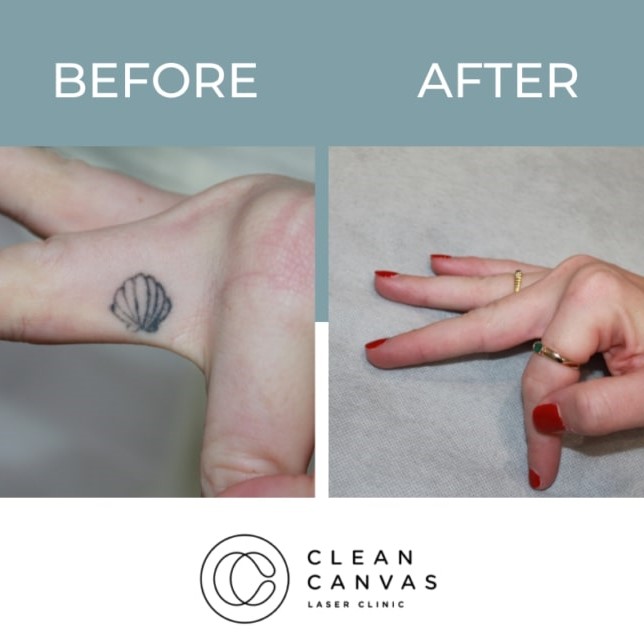
#25:

#26:
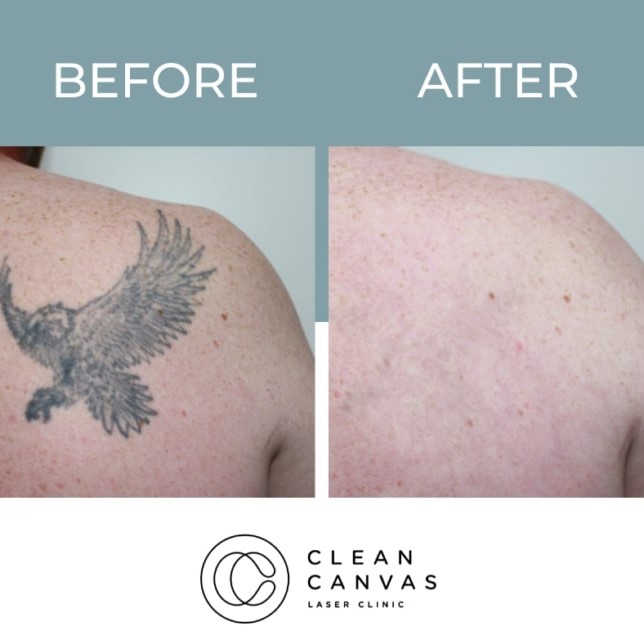
#27:
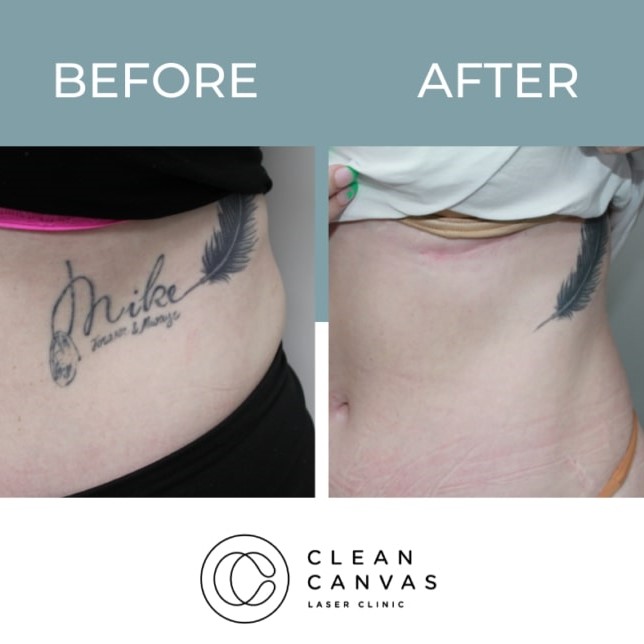
#28:
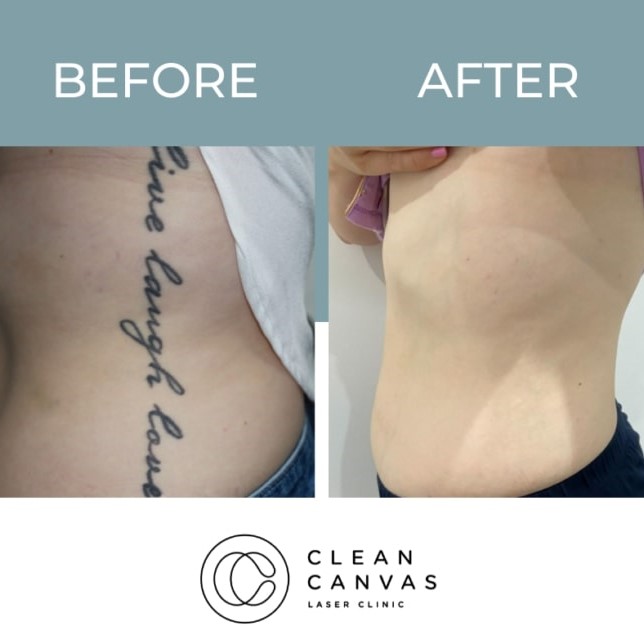
#29:
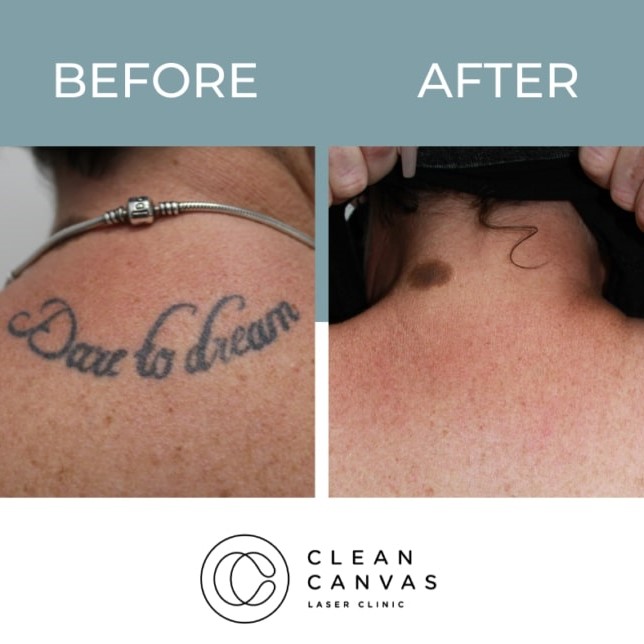
#30:
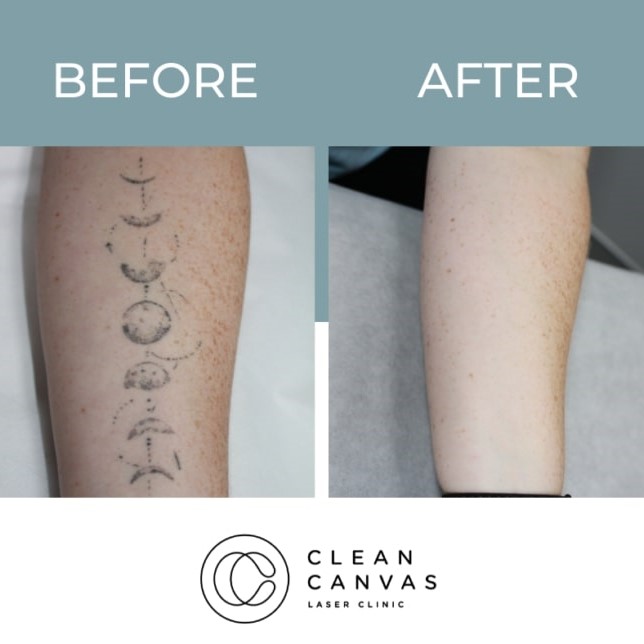
Factors That Affect Tattoo Removal
Several factors can affect the success of tattoo removal. The size, color, and location of the tattoo can all impact the effectiveness of the removal process. Tattoos that are larger, have more ink, or are located in areas with less blood flow may be more difficult to remove.
The age of the tattoo can also affect the success of tattoo removal. Older tattoos may be easier to remove because the ink has had more time to break down. Additionally, the type of ink used can also impact the success of tattoo removal. Some inks are more difficult to break down than others.
Overall, tattoo removal is a complex process that requires careful consideration and planning. It is important to work with a qualified and experienced professional to ensure the best possible outcome.
Before and After Tattoo Removal
Here are some things to keep in mind before and after tattoo removal:
Before Tattoo Removal
Before beginning the tattoo removal process, it’s essential to understand that it is not a quick fix. Depending on the size and location of the tattoo, it can take several sessions to see significant progress. It’s important to have realistic expectations and understand that complete removal may not always be possible.
It’s also crucial to do your research and find a reputable and experienced provider. Look for reviews, ask for recommendations, and don’t be afraid to ask questions during your consultation. Your provider should be able to give you an idea of what to expect during the process, including any potential side effects or complications.
Finally, it’s essential to take care of your skin before and after each session. Avoid sun exposure, keep the area clean and dry, and follow any aftercare instructions provided by your provider.
After Tattoo Removal
After your first session, you may not see much of a difference, but don’t be discouraged. It can take several weeks for the skin to heal and for the ink to begin to fade. Each subsequent session will bring more noticeable changes.
During the healing process, it’s important to keep the area clean and dry and avoid any activities that could irritate the skin, such as swimming or excessive sweating. Your provider may recommend using an ointment or cream to help with any discomfort or itching.
As the tattoo begins to fade, you may notice some scarring or discoloration. This is normal and can be addressed with additional treatments, such as laser resurfacing or scar revision.
Overall, tattoo removal can be a long and sometimes painful process, but with patience and proper care, it can be a successful one. Remember to have realistic expectations, do your research, and take care of your skin before and after each session.
Types of Tattoo Removal
When it comes to tattoo removal, there are several types of procedures available. Each procedure has its own benefits and drawbacks, and the effectiveness of the procedure can depend on the size, color, and age of the tattoo. In this section, I will discuss the most common types of tattoo removal.
Laser Tattoo Removal
Laser tattoo removal is the most popular and effective method of removing tattoos. This procedure uses high-intensity light beams to break up the ink particles in the skin, which are then absorbed and eliminated by the body’s immune system. The number of laser treatments required to remove a tattoo depends on the size, color, and age of the tattoo. Darker colors like black and blue are easier to remove than lighter colors like yellow and green.
Surgical Tattoo Removal
Surgical tattoo removal involves cutting out the tattooed skin and stitching the remaining skin back together. This method is usually reserved for small tattoos and can be painful and leave scars.
Dermabrasion
Dermabrasion is a procedure that involves removing the top layers of skin with a rotating brush or diamond wheel. This method is effective for removing tattoos but can be painful and leave scars.
Chemical Peel
A chemical peel involves applying a chemical solution to the skin, which causes the top layer of skin to peel off. This method is effective for removing tattoos but can be painful and leave scars.
Excision
Excision involves cutting out the tattooed skin and stitching the remaining skin back together. This method is usually reserved for small tattoos and can be painful and leave scars.
Tattoo Removal Cost
The price of tattoo removal varies depending on several factors, including the size of the tattoo, the location of the tattoo, the color of the ink, and the type of removal method used.
Factors That Affect Tattoo Removal Cost
There are several factors that can affect the cost of tattoo removal. Here are some of the most significant factors to consider:
- Size of the Tattoo: The larger the tattoo, the more expensive it will be to remove. This is because larger tattoos require more time and more laser treatments to remove.
- Location of the Tattoo: The location of the tattoo can also affect the cost of removal. Tattoos on areas with more delicate skin, such as the face or neck, may require more treatments and be more expensive to remove.
- Color of the Ink: Some colors of ink are more difficult to remove than others. Darker colors, such as black and blue, are easier to remove than lighter colors, such as yellow and green. This means that tattoos with lighter colors may require more treatments and be more expensive to remove.
- Type of Removal Method: There are several methods for removing tattoos, including laser removal, surgical removal, and dermabrasion. Laser removal is the most common and effective method, but it is also the most expensive.
Average Cost of Tattoo Removal
According to GoodRx, the average cost of laser tattoo removal is $423 per session. However, the cost can vary widely depending on the size and location of the tattoo, as well as the number of treatments required.
For example, a small tattoo on the wrist may only require a few treatments and cost a few hundred dollars to remove, while a large tattoo on the back may require multiple treatments and cost several thousand dollars.
It’s important to note that most insurance companies do not cover the cost of tattoo removal as it is considered a cosmetic procedure. However, some clinics may offer financing options to help make the procedure more affordable.
Overall, the cost of tattoo removal can be significant, but it’s important to remember that the price of living with a tattoo you no longer want can be even higher. If you’re considering tattoo removal, be sure to do your research and find a reputable clinic that offers the best treatment options for your specific needs and budget.
Tattoo Removal Side Effects
While the procedure is generally safe, some individuals may experience discomfort and complications. In this section, I will discuss the common side effects of tattoo removal and how to minimize them.
Common Side Effects of Tattoo Removal
- Pain and Discomfort: Tattoo removal can be painful, with some individuals describing the sensation as similar to getting a tattoo. The affected area may feel sore and raw for several days after the procedure. Pain and discomfort can be managed with over-the-counter pain relievers, such as ibuprofen or acetaminophen.
- Swelling and Redness: The treated area may become swollen and red immediately after the procedure. This is a normal reaction and usually subsides within a few days. Applying a cold compress or ice pack can help reduce swelling and discomfort.
- Blistering and Scabbing: Some individuals may experience blistering or scabbing after tattoo removal. This is a normal part of the healing process and should not be cause for concern. It is important to avoid picking at scabs or blisters, as this can increase the risk of infection.
- Hyperpigmentation and Hypopigmentation: After tattoo removal, some individuals may experience changes in skin color. Hyperpigmentation occurs when the skin becomes darker than its surrounding area, while hypopigmentation occurs when the skin becomes lighter. These changes are usually temporary and fade over time.
How to Minimize Side Effects
- Choose a Qualified Provider: It is important to choose a qualified and experienced provider for tattoo removal. This can help minimize the risk of complications and ensure that the procedure is performed safely.
- Follow Aftercare Instructions: Following aftercare instructions is crucial for minimizing side effects and promoting healing. This may include keeping the treated area clean and dry, avoiding sun exposure, and using topical ointments or creams as directed.
- Stay Hydrated: Drinking plenty of water can help promote healing and reduce the risk of complications. It is important to stay hydrated before and after the procedure.
- Be Patient: Tattoo removal is a gradual process that requires patience and persistence. It may take several sessions to achieve the desired results. It is important to follow the recommended treatment plan and avoid rushing the process.
In conclusion, while tattoo removal is generally safe, it is important to be aware of the potential side effects. By choosing a qualified provider, following aftercare instructions, staying hydrated, and being patient, individuals can minimize the risk of complications and achieve the best possible results.
Conclusion
In my experience, tattoo removal is a process that requires patience and careful consideration. It is important to understand that complete removal of a tattoo may not be possible, and that scarring is a potential side effect of the procedure. However, with the right approach and the right tools, it is possible to significantly fade or remove unwanted tattoos.
In conclusion, while tattoo removal can be a challenging and sometimes painful process, it is also a viable option for those who wish to remove unwanted tattoos. With the right approach and the help of a qualified professional, it is possible to achieve significant results and regain confidence in your appearance.
Looking for more before and after comparisons? Check out these similar articles:
The Ordinary Peeling Solution Before and After
Modere Collagen Before and After

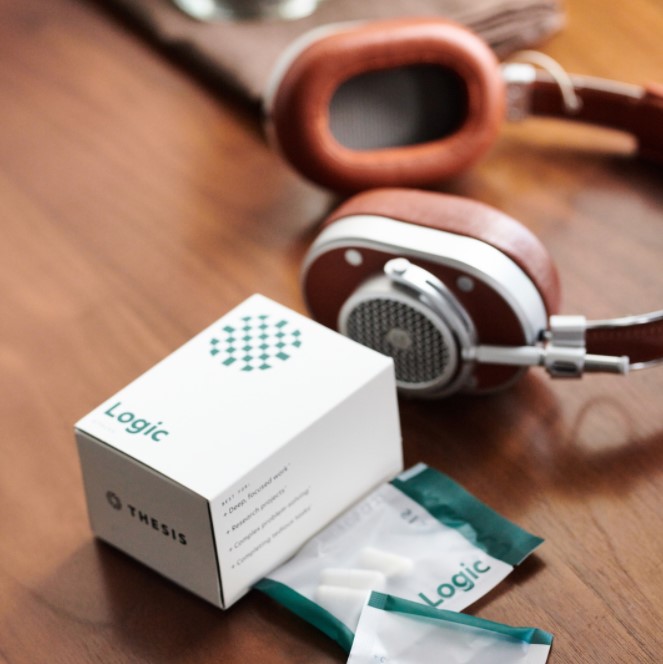




Ask the community or leave a comment
WRITE A REVIEWCustomer Reviews
Leave a review